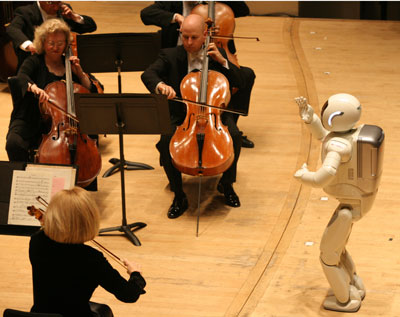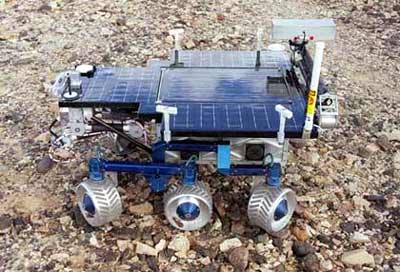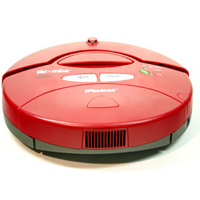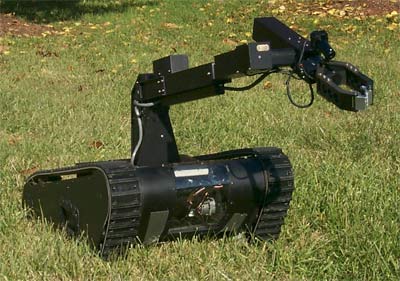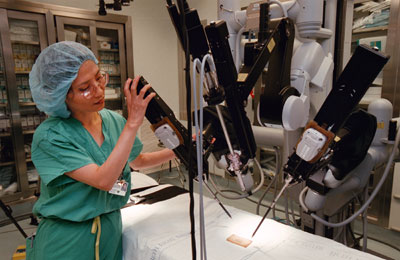Objectives - Rules - Installations - Competitions - Resources ~Labs - Projects - Home Learning -Weekly Logic Puzzle - Grid World ~ Girls Get IT ~
Travel & Tourism ~ "Aint Gonna Hold Us Back (D.I.G.I.T.A.L) "~Website Workshop ~ Practice for Midterms ~ Practice for Finals
~
New: LeJos ~ Alice ~ Java
Welcome to Ms. Charters' Computer Science Classroom |
||||||||||
Watch this video from Carnegie Mellon University to learn more about why YOU should study ROBOTICS... "The number of robots in the world today is approaching 1,000,000, with almost half that number in Japan and just 15% in the US. A couple of decades ago, 90% of robots were used in car manufacturing, typically on assembly lines doing a variety of repetitive tasks. Today only 50% are in automobile plants, with the other half spread out among other factories, laboratories, warehouses, energy plants, hospitals, and many other industries. Robots are used for assembling products, handling dangerous materials, spray-painting, cutting and polishing, inspection of products. The number of robots used in tasks as diverse as cleaning sewers, detecting bombs and performing intricate surgery is increasing steadily, and will continue to grow in coming years.
How do robots work? Watch this video to find out!
Look at the robots you can build with Legos !
|


